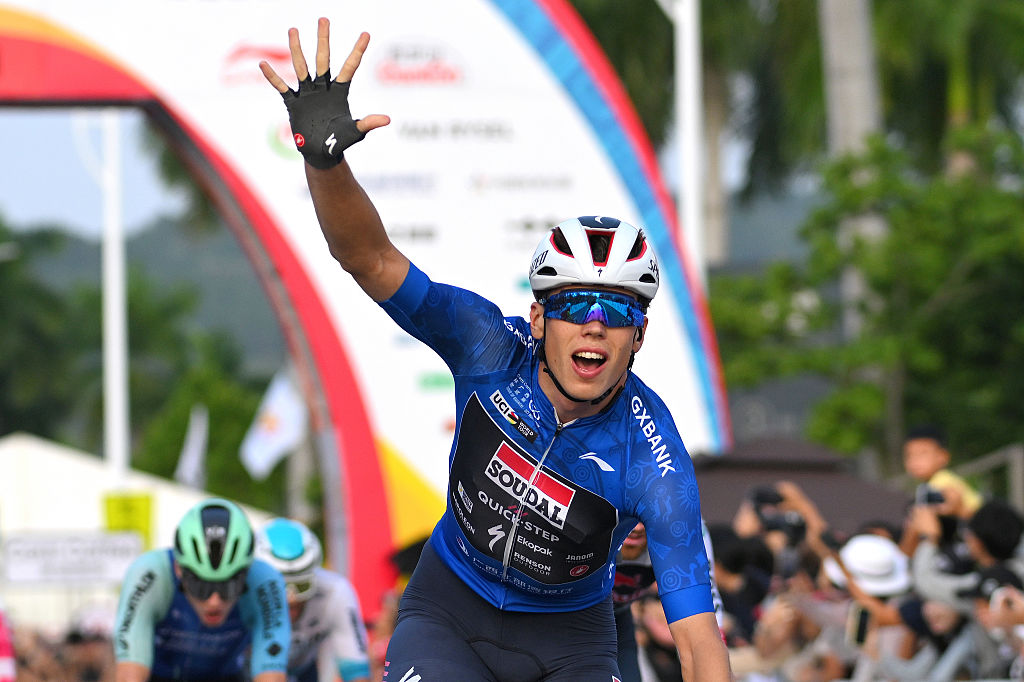Wild new Toot Racing track bike is custom printed to fit each rider
New bike will be raced at the Track Worlds and Paris Olympics
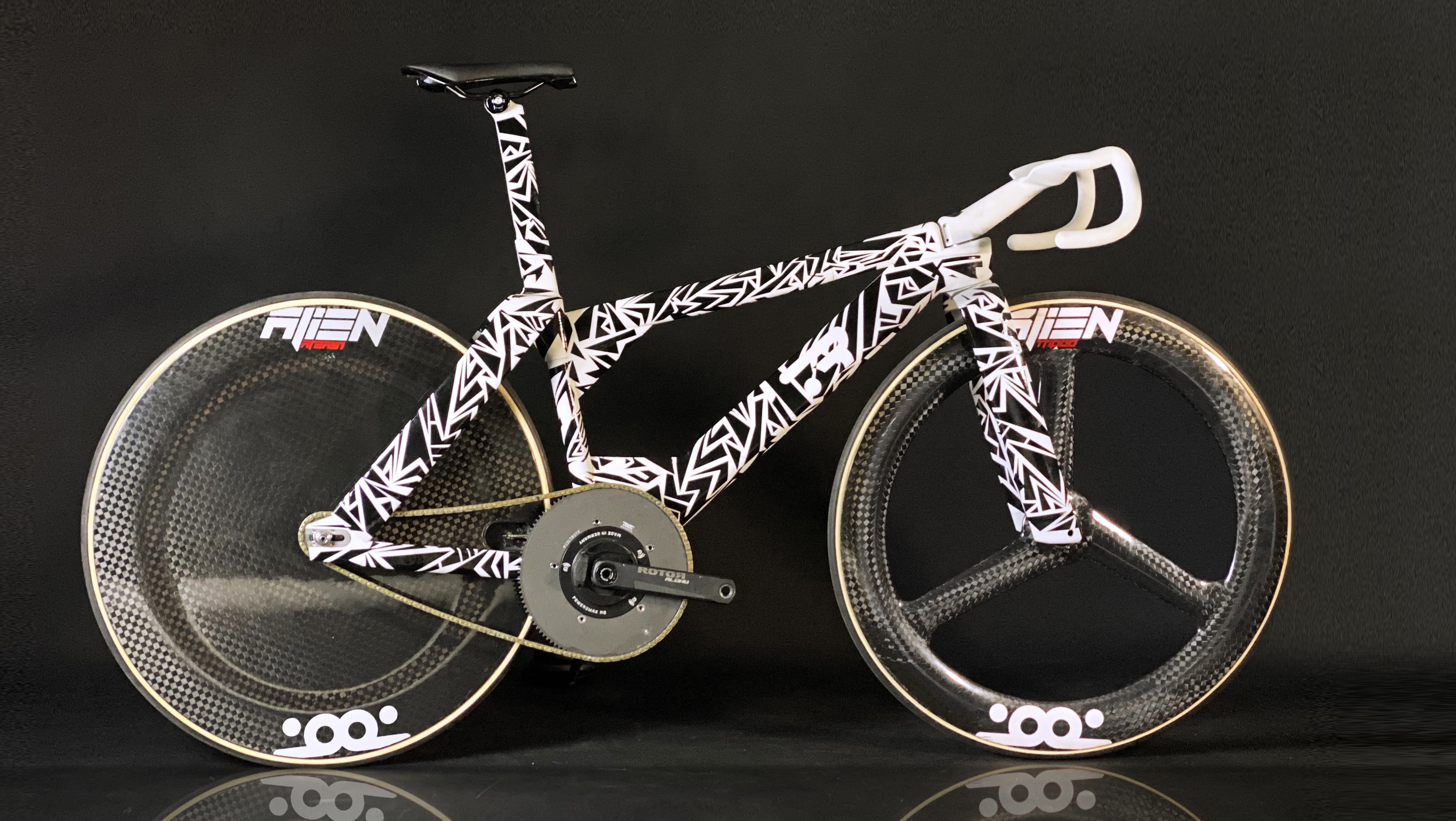
A collaboration between a number of Italian companies and the University of Pavia has resulted in the new Toot Racing X23 track bike, which is expected to be used by the Argentinian team at the forthcoming Worlds and Olympics.
While carbon fibre has been the material of choice for track bikes for some years, the new X23 track bike, which will also be used for time trial duties in a different guise, is 3D printed from aerospace grade aluminium alloy in much the same way as the bike used by Filippo Ganna to break the hour record. This allows the bike to be completely tailored around its rider, rather than needing to be adjusted and fitted once made.
The development team says that this in turn lets the bike strike the best balance between aerodynamics and a position riders can actually hold for long enough, something that has been found to be more important than out-and-out aerodynamic efficiency in ensuring that the rider can achieve their optimal performance.
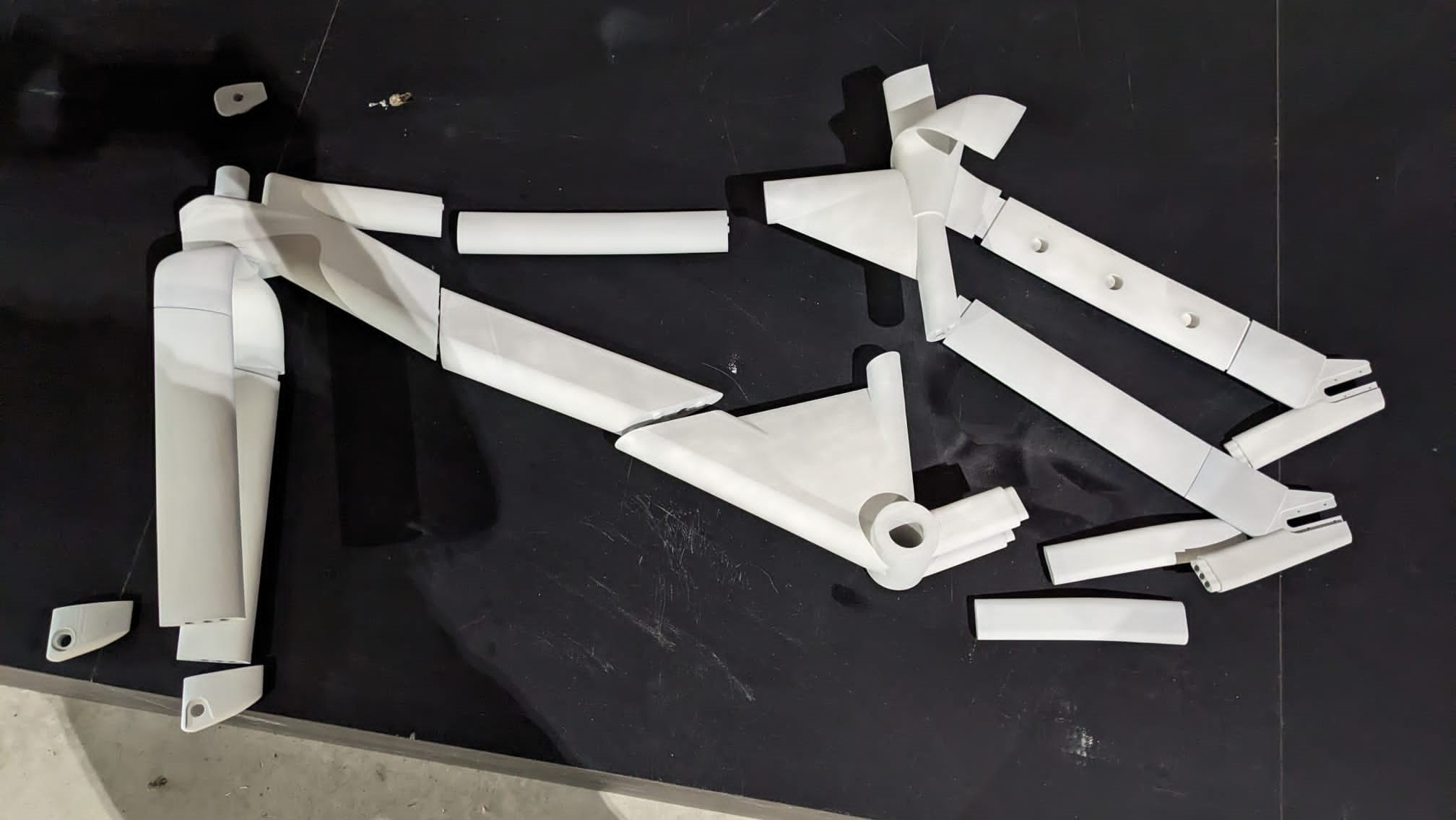
Several firms have collaborated on the new X23 bike, with development claimed to follow the same approach as used in motorsport. It has involved a mix of 3D scans of the rider and bike, aerodynamic simulation on a computer, and wind tunnel testing of the design. Wind tunnel testing uses a 3D printed 1:1 scale prototype made at the 3D printing lab at the University of Pavia, south of Milan, which Toot Racing says takes less than 24 hours.
The engineers at the University of Pavia, who honed the bike’s aerodynamics, point out that the rider must be considered as part of the design to ensure optimal aerodynamics.
Toot Racing says that the airflow over the front of the bike allows the athlete’s body to act as a wing, with the airflow over their chest reducing air pressure and creating a small degree of lift.
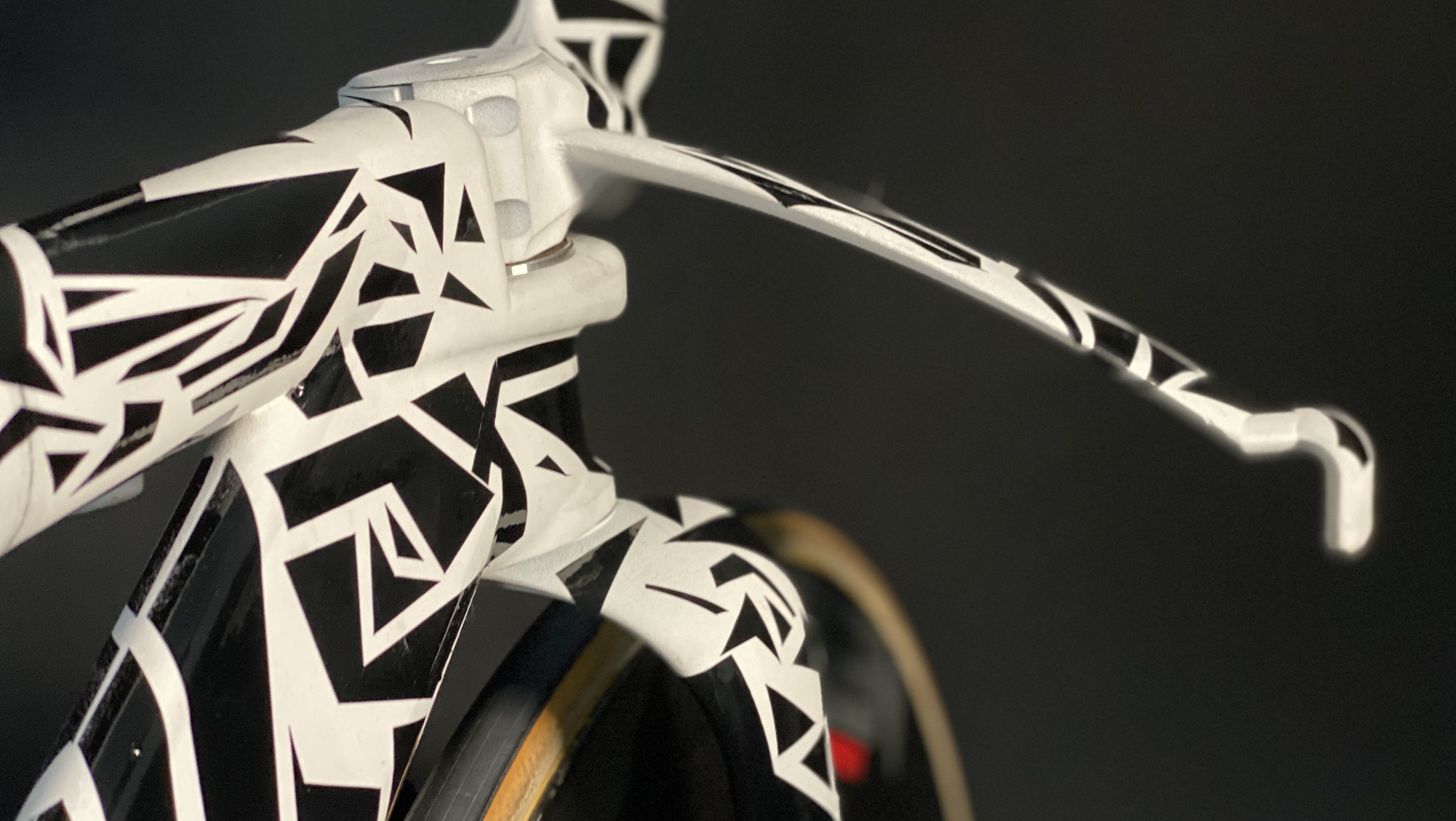
It says that the bike’s metal frame ensures excellent handling, stiffness and responsiveness, with the Scalmalloy aluminium alloy used offering a high strength-to-weight ratio, aiming to rival the usual 7000 series alloys used in forged and machined parts for strength.
The latest race content, interviews, features, reviews and expert buying guides, direct to your inbox!
Other parts are 3D printed in titanium or in steel, including the super-narrow handlebars, or are forged in a different aluminium alloy, with the various components welded or bonded to create the complete frame.
The bike has been designed to keep costs down, so that it’s affordable for individual athletes and smaller federations – an important consideration when the price of a track bike can head up to the $28,000 reported for the Worx WX-R Vorteq used by the Malaysian team at the Tokyo Olympics, or even €75,000 for Ganna's full Hour record setup.
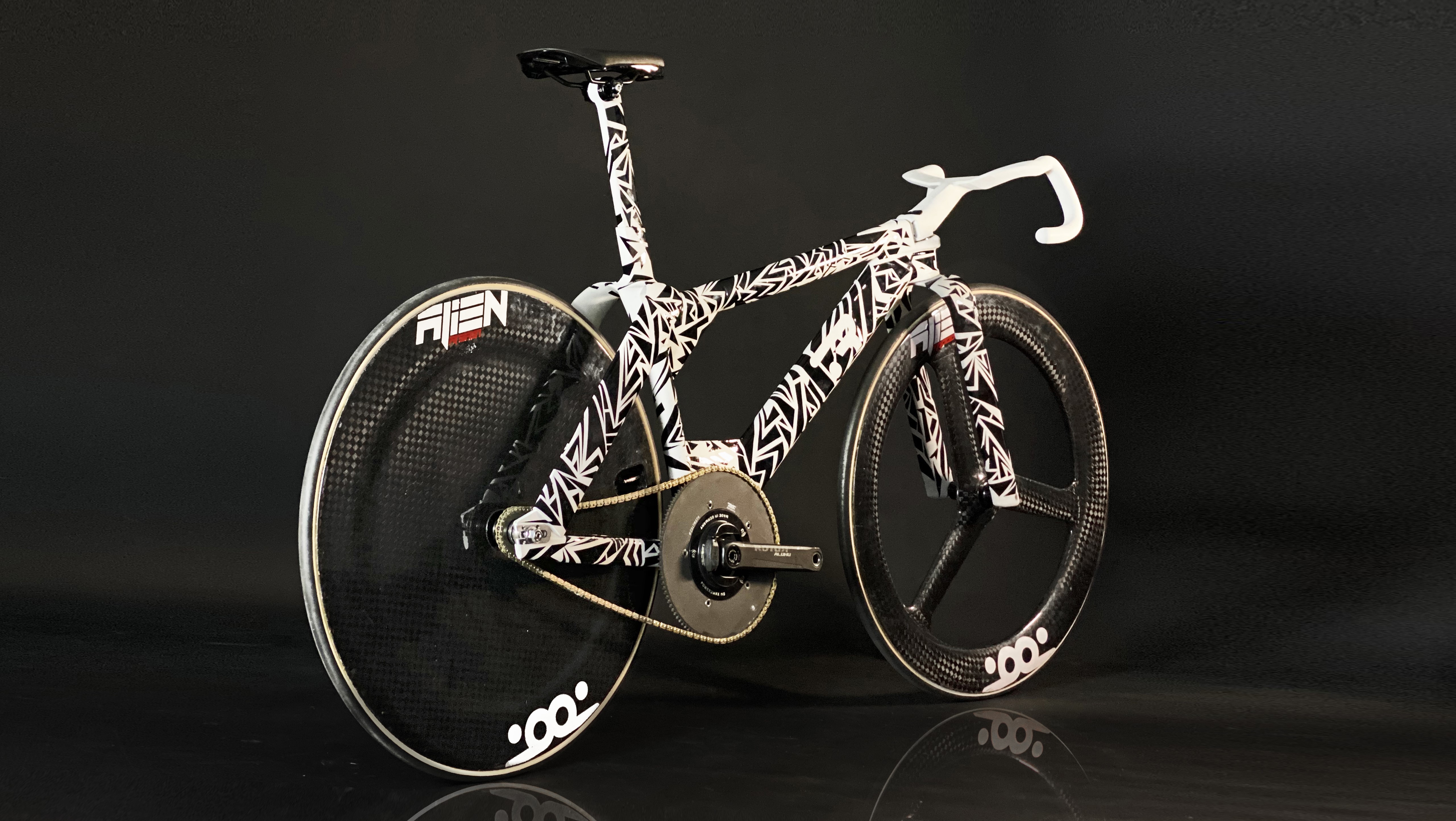
As with the Hope track bike used by Team GB at the last Olympic Games, the new bike has a wide stance for the fork legs and seat stays that helps to prevent aerodynamic interference with the spinning wheels and with the rider.
The use of 3D printing for track bikes isn’t new, with the Pinarello Bolide F H 3D bike used by Filippo Ganna to break the Hour Record last year also 3D printed to fit him from a high-strength scandium-aluminium-magnesium alloy. Since there are no hills to contend with on a track, a little extra weight doesn’t slow things down appreciably, at least once the acceleration phase of a ride has been completed.
The new bike is on show at the Parma Fair this week in Italy. Toot Racing says that it conforms to the latest UCI regs and will be registered with the UCI. It’s planned that the national team of Argentina will compete on the new bike at the Track Worlds in Glasgow in August and in the 2024 Paris Olympic Games.
The bike is also expected to be available in a time trial configuration, helping to broaden its appeal.
Paul has been on two wheels since he was in his teens and he's spent much of the time since writing about bikes and the associated tech. He's a road cyclist at heart but his adventurous curiosity means Paul has been riding gravel since well before it was cool, adapting his cyclo-cross bike to ride all-day off-road epics and putting road kit to the ultimate test along the way. Paul has contributed to Cyclingnews' tech coverage for a few years, helping to maintain the freshness of our buying guides and deals content, as well as writing a number of our voucher code pages.
